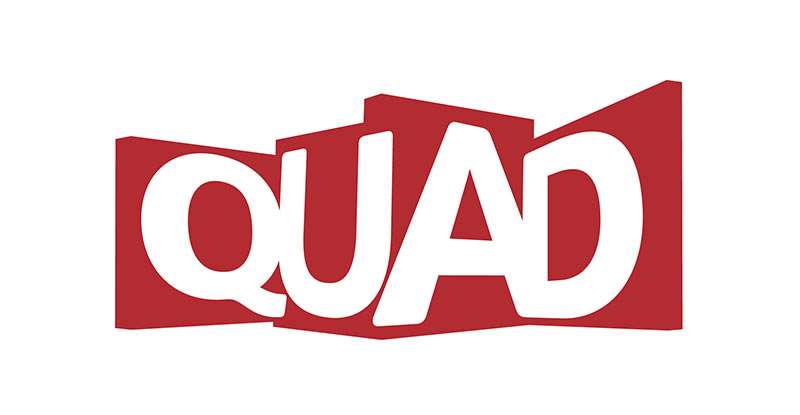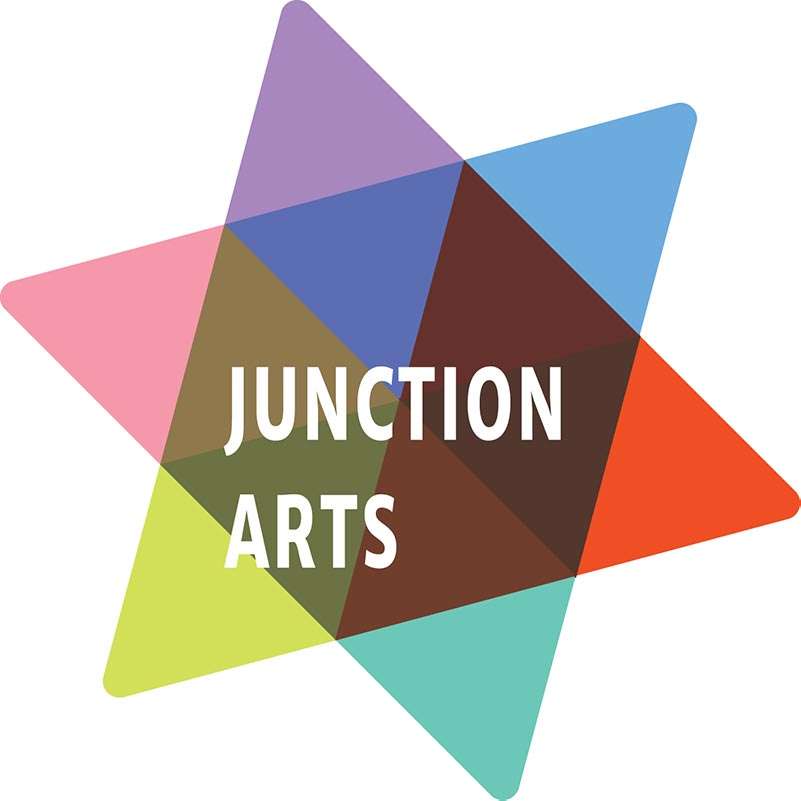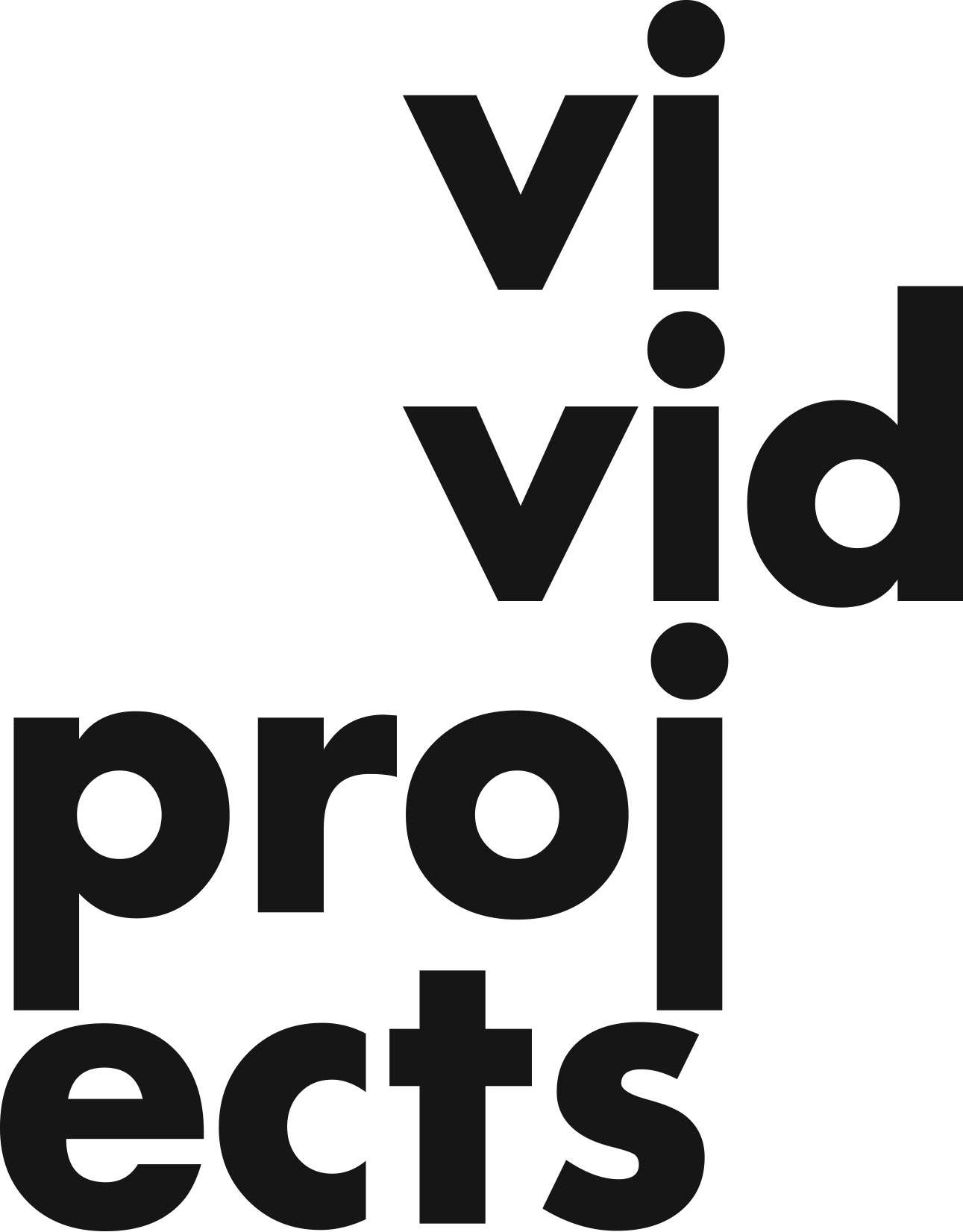Partners




Dryden Goodwin
March 2020
I’m interested in how you capture a sense of someone, of other people, and how you try to understand someone. How you try to articulate an idea of what seems to motivate them, the way they navigate the world, and also to try to get insight into how they see things.
That’s happened in different ways. It might be people that are known to me, it might be strangers that I meet, it might be people who I build relationships with through the actual making of a piece of work. Then, thinking about ways you record, the ways you capture, and also ways you translate and decode some of that through how you draw and through the way you use a camera and sound recordings.
*
I’ve always been really intrigued by the idea of portraiture but also had quite an uneasy relationship with it as a categorisation. At the heart of it for me, it’s not just about making a rendering of someone, but it’s about questioning how and what you can learn by looking at others. A desire to try and reveal aspects of the world by looking at others and where and who you are, in relation to them.
There’s this inevitable exchange between yourself and the people that you’re looking at, and this sense that you’re accompanying someone on part of the journey. That might be for a fraction of a moment, or it might be more sustained.
There’s always this balance between something which is like the idea of ’measurement' - but then there’s this idea of just being immersed, absorbed, intuitive and responsive.
*
Paul said very specific things about his work as a care worker, such as, at the beginning of the film, ”It’s all in the looking, isn’t it? It’s all in the observing, you know, so you can just build a bigger picture of the person.”
This became the key to the film. This building in little details, small fragments. Then a bigger picture of someone takes shape. That’s a description of what Paul’s doing in his work, and that’s what I’m doing in mine. That becomes really important, the incremental. In the film itself it’s as much about what isn’t there, as what is, so there’s spaces for the imagination to leap across the gaps, like you would in a drawing. I didn’t want to reveal the whole picture at any point, I filmed from oblique angles or from behind, or made both swift diagrammatic as well as more worked tonal drawings, I kept switching between what I was seeing and what I was feeling.
You put a mark down on a piece of paper to make a drawing, and it becomes this series of relationships between these different points, in your process of trying to translate and decipher whose in front of you. In a way the whole film is like this. These fragmentary marks, that might accumulatively find an incomplete cohesion at a certain point. The blank page is of course as important as the marks themselves.
I think that Paul is making those imaginative leaps all the time in the way that he works, in terms of building a picture of the people he works with. For some of the people, he can’t ask them how they feel in a conventional way, he has to be inventive in decoding their motivations and anxieties, to find a way to connect.
*
Initially my proposal for the WORK project was to make a film about a health care worker in a very different context: day visits, looking at their rhythms, both the contact with people in their homes, but also the spaces and the times of the journeys in between, how that would form the structure of the film.
The opportunity to work with Paul opened the process up in ways I hadn’t anticipated: the hyper vulnerability of the people that he works with, and the essential element of trust. Trust is central to the work Paul does, and it’s also important in the filmmaking process, when you’re asking to be invited alongside finely balanced relationships and delicate situations.
The initial conversations between Paul and I, via Skype were very important before meeting. Then when I went to Derby for the first time, we sat and were in conversation for many hours, but, importantly, I’d be drawing him at the same time, which meant I began to accrue further layers to a multi-dimensional sense of him.
After hours spent in Paul’s kitchen and a local coffee shop, the next day we then went to Community Links in the throng of the energy, the activities and the people he was working with. The oscillation between drawing and working with the camera was really important, in the way I needed to negotiate being pulled in and pushed out of a situation in different ways.
*
When collecting material you’ve got to be calm, collected and receptive; the attraction of it is also to be completely enveloped and inundated within all the sensory dynamics of the exchange.
I think there’s a parallel with Paul’s work in how it mirrors this in someway – the relationship between what he’s doing and the state he’s in when he’s working, balancing precision and tenderness. He needs to be completely on it, but also in tune, in a very empathetic and understanding way. It’s a professional relationship, but it’s also about the world of feelings, in the way that he relates to each person individually.
To me there’s something really exciting in looking into that. Another aspect of what drew me to the WORK project is that artists have a very complex relationship to the idea of work! So there’s this reflexive space that opens up when you start to look at the world of other people’s work, that’s implicit in the film and exchange.
*
In watching and listening to Paul, it’s about what he’s doing, but also about how he reflects on what he’s doing - the drive behind how he relates, also through what he says, how we can interpret the values of a society by how it supports its most vulnerable. Throughout the whole film there are ideas of observing and perception. There’s his, there’s mine, but also the young men that he works with, and how Paul understands how they might read people, and interact.
For some of the young men, that’s complicated, because of the extremes of their neuro-diversity, they struggle to read body language and the world around them.
I think that relationships to perception, and observing, and how it’s possible to understand others, is a core theme that came out in the making of the film.
*
What was impossible to anticipate was what would happen throughout the day. Paul would spend each day dedicated to one person and constantly adjust, dependant on the needs of the person he was with. I realised that I just had to be completely prepared with my small kit of pencils, paper, camera, and another camera on my chest, so that I could record the drawings as I was making them, and to be completely open and responsive to the logic of the day and how it panned out, a need for fluidity and adaptability. As Paul was alongside each young man, I was alongside him.
The way Paul works was another key, as was the notion of patience, which I think is critical, as was slowing – slowing right down. That the world is a hard place to negotiate. Patience became a profound aspect of the whole experience. How anxiety can quickly come to the surface for the young men he was working with, the need for him to be a ’constant’, an ever supporting navigator.
The sense of each pairing, venturing from the day care centre for a period of the day; either Paul with Jack, David or Rob, into the city centre, exploring and supporting each man to access the world - next to the river, at the swimming pool, cycling through the city, at the gym, or in different restaurants - a changing ’figure-ground’ relationship. We’re in Derby, but it also seemed somehow abstracted to epitomise a sense of the expanse of the world beyond the shelter of the day care centre - Paul and each young man, integrally linked for that period of time.
*
There’s something very engrossing about listening to six or seven hours of recorded conversation then editing and honing it down. The intertwining of the structure of each of Paul’s days with the sequencing of the phrases and ideas he spoke, becoming the spine of the film.
Paul is a musician and an artist when he’s not working as a care worker. At a certain point I thought, maybe, I’d feature that in the film – those parts of his life beyond work – but then I realised that those sensibilities were in everything he did, every interaction. The inflection in his voice when he spoke gave a sense of musicality: how he uses melody, whistling, how he breaks into short phrases of song, how this creates a space, a reassuring containment, a kind of holding pattern. This in turn influenced the soundtrack I made, I picked up on little details of the tone of his voice, also the rhythms of his interactions such as the accompanying walk next to Jack in his wheel chair through the shopping centre; the careful pace with David as they approach the swimming pool, or the adrenalised abundance of energy released in Rob’s bike ride. I wanted to reflect in sound what seemed just beneath the surface, the interlocking of the sensory and the felt, between Paul and who he was with.
There is something about the quality of Paul’s voice; a calmness, but also a precision in what he was saying, shifting and giving way momentarily to frustration and indignation when he spoke about the wider political backdrop and the lack of support and funding.
*
Jo’s role as the Producer was really important. She listened with me to the recordings of the conversations I had with Paul. Whereas I highlight phrases in the timeline and excavate from there, her approach is different to mine, she writes the words down, she maps what’s said differently. Our editorial exchange opened up space to thinking about the words differently, myself as someone who was there, Jo who was not.
Then, once a selection is made I test the phases and ideas more, by whittling them down. Stripping out words that seemed extraneous, honing down to try and get to essential ingredients of what Paul’s saying. Then those phrases become part of the material of the film. You internalise them in some way, their shape. The process begins by responding to what’s said, then it almost feels like writing, how you set one idea against another, to try to make sure that there’s space around what Paul has said, in the shape of the film and how this influences the edit of the images and creation of musical elements.
*
When I was with Paul in the situations he was in, it’s hard to describe, but it felt strongly collaborative. In terms of a conventional collaboration with Paul it wasn't that, but, because of the intensity and the nature of the exchange, the need to be open to each other’s process had an influence on the film that was made.
I’ve made work before where I’m involved in the worlds of different people over a sustained period of time, but I haven’t made a work before which has at its centre, just one person.